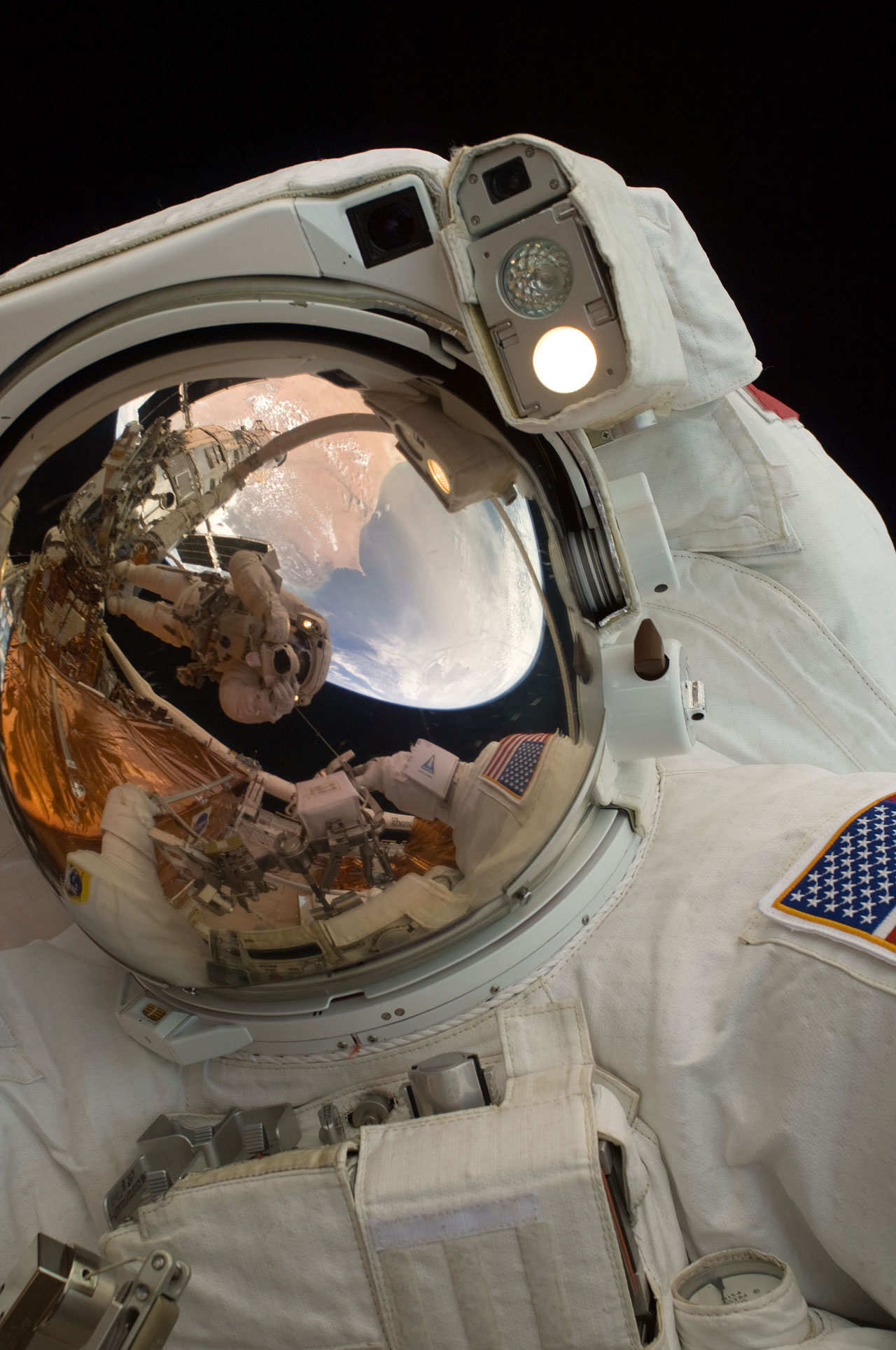April 26, 2010 Vol. 3, Issue 4
NASA-developed digital fly-by-wire technology has earned a spot in the Space Technology Hall of Fame.

DFBW technology installed in F-8C aircraft. Credit: NASA
The Space Foundation has recognized digital fly-by-wire, the technology that made airplanes more “intelligent,” for its significant contributions to aviation and innovation.
Developed in the 1970s by Dryden Flight Research Center in conjunction with the Draper Laboratory, digital fly-by-wire (DFBW) technology replaced bulky cables, pushrods, and hydraulics with wires. Through flight control sensors and computers, the technology manages the control surfaces of the aircraft to improve fuel efficiency and reliability, which decreases costs.
Collaboration between NASA and industry helped spread DFBW technology. According to William Langewiesche’sFly By Wire, Airbus developed the first DFBW commercial aircraft—the same technology, Langewiesche noted, that helped Captain Chesley Sullenberger safely land US Airways Flight 1549 Airbus A320 in the Hudson River after an engine failure on January 15, 2009. DFWB technology is not a failsafe, but it keeps a pilot’s maneuvers within the structural capabilities of the aircraft.
The Space Foundation presented the award to NASA on April 15 at a private ceremony. The award, created in 1988, has inducted 61 technologies into the Hall of Fame. It aims to encourage further innovation and increase public awareness about the benefits of space exploration programs to humanity’s quality of life.
Download the NASA History Office publication Computers Take Flight: A History of NASA’s Pioneering Digital Fly-By-Wire Project (PDF).
Read about William Langewiesche’s book Fly By Wire.






